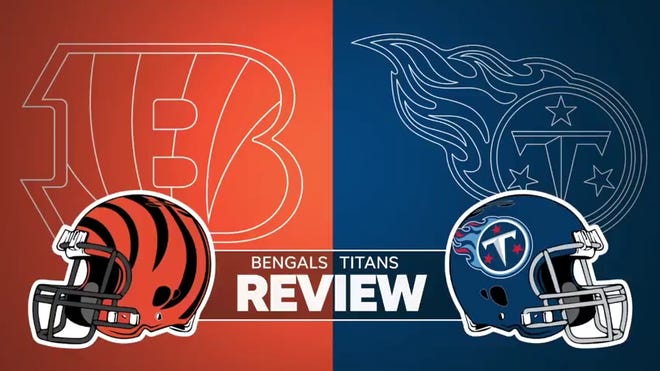
Dr. Michael Daignault
Since the start of the pandemic, I've noticed a significant jump in patients coming to the ER with high blood pressure, or hypertension. A recent study of hundreds of thousands Americans from all 50 states confirmed this trend. Compared to 2019, in 2020 there was an average monthly increase of 1.10 to 2.50 mm Hg for the systolic blood pressure (top number) and 0.14 to 0.53 for the diastolic blood pressure (bottom number).
But don't be fooled by those seemingly slight increases! Even small bumps in blood pressure can lead to an influx of patients coming to the ER with heart attacks, strokes and heart failure. And since high blood pressure already affects a whopping 50% of the U.S. population, this pandemic-related increase in blood pressure will have far-reaching consequences for ERs across the country and our healthcare system in general.
So, when should you go to the ER for high blood pressure? And what are the common myths surrounding hypertension?
What you need to know about high blood pressure
Blood pressure is the pressure of blood on the walls of the arteries – vessels that carry blood from our heart to the rest of our body. Our blood pressure rises and falls frequently throughout the day without us even knowing it. When we are resting and relaxed, or first thing in the morning, our blood pressure trends lower. And conversely, exercise, stress and anxiety, the foods we eat, and pain all can cause temporary fluctuations in blood pressure. It's when blood pressure increases are sustained for a long period of time that we can be at risk for long-term damage; increased arterial pressure reduces the flow of oxygen-carrying blood to vital organs.
What is considered "high" blood pressure? A 2017 update from The American College of Cardiology/American Heart Association lowered the threshold from 140/90 to a reading greater than 130/80. The threshold was lowered in part to better identify those at higher risk and earlier implementation of behavior and lifestyle choices to control it. A normal blood pressure is less than 120/80.
Many patients rush to the ER concerned that an elevated blood pressure reading at home means they are having a stroke. But a temporary elevation in blood pressure when you otherwise feel fine is not usually cause for concern. Certainly, if it's accompanied by headache, dizziness, vision changes or chest pain, you should call 911 and seek immediate medical treatment. Otherwise, wait a bit and recheck the blood pressure again.
More:People swear by apple cider vinegar for weight loss. Does it actually work?
Primary care doctors ask their hypertensive patients to regularly check their blood pressure using a home monitor to effectively gauge their response to medication and to adjust it accordingly. They may advise their patients to go to the ER if a recording is very elevated. Patients are often surprised to find that their blood pressure reading has come down by the time they are assessed at the ER. Is that because home monitors are inaccurate?
The sheer amount of home blood pressure monitors can be overwhelming for patients. And one study did find that 1 in 3 home monitors was inaccurate. What should you do?
- Ask your doctor which home monitor they recommend and then calibrate it to the manual cuff at their office.
- Choose a device with an automatically inflating arm cuff (avoid wrist cuffs) that’s sized appropriately.
- Avoid alcohol, caffeine and smoking for 30 minutes before checking and sit quietly for five minutes before starting the device.
- Take an average of three readings and record the time of day they were done.
- Check it at random times during the day and bring your measurement journal to your doctor’s visit.
Hypertension isn't inevitable
Another dangerous myth I encounter in the ER is patients who believe that their hypertension is either unavoidable or irreversible because it “runs in the family.” Yes, multiple studies have proven there is a genetic component to high blood pressure. But, as the CDC states, “It is also likely that people with a family history of high blood pressure share common environments and other potential factors that increase their risk.”
Such factors include physical inactivity, smoking and unhealthy eating choices – modifiable behaviors. Eating too much sodium and not enough potassium can also increase blood pressure. But it’s critical to understand that most of the unhealthy sodium we get comes from processed and restaurant foods, not necessarily from table salt.
What’s the bottom line? As a culture and society, our lifestyle choices and stress management created an epidemic of hypertension even prior to COVID-19. And the pandemic has exacerbated our struggle with multiple related stressors. Now, more than ever, we need to be extra vigilant about taking care of our health and scheduling checkups with our primary doctors where our blood pressure can be screened. And if we are diagnosed with hypertension, it's important to accurately record regular blood pressure measurements using carefully calibrated home monitoring devices and make better lifestyle choices.
Michael Daignault, MD, is a board-certified ER doctor in Los Angeles. He studied Global Health at Georgetown University and has a Medical Degree from Ben-Gurion University. He completed his residency training in emergency medicine at Lincoln Medical Center in the South Bronx. He is also a former United States Peace Corps Volunteer. Find him on Instagram @dr.daignault
More:Cold and flu season is here. Do vitamins actually work?
People are putting garlic in their ears. Doctor explains why it's a bad idea.







